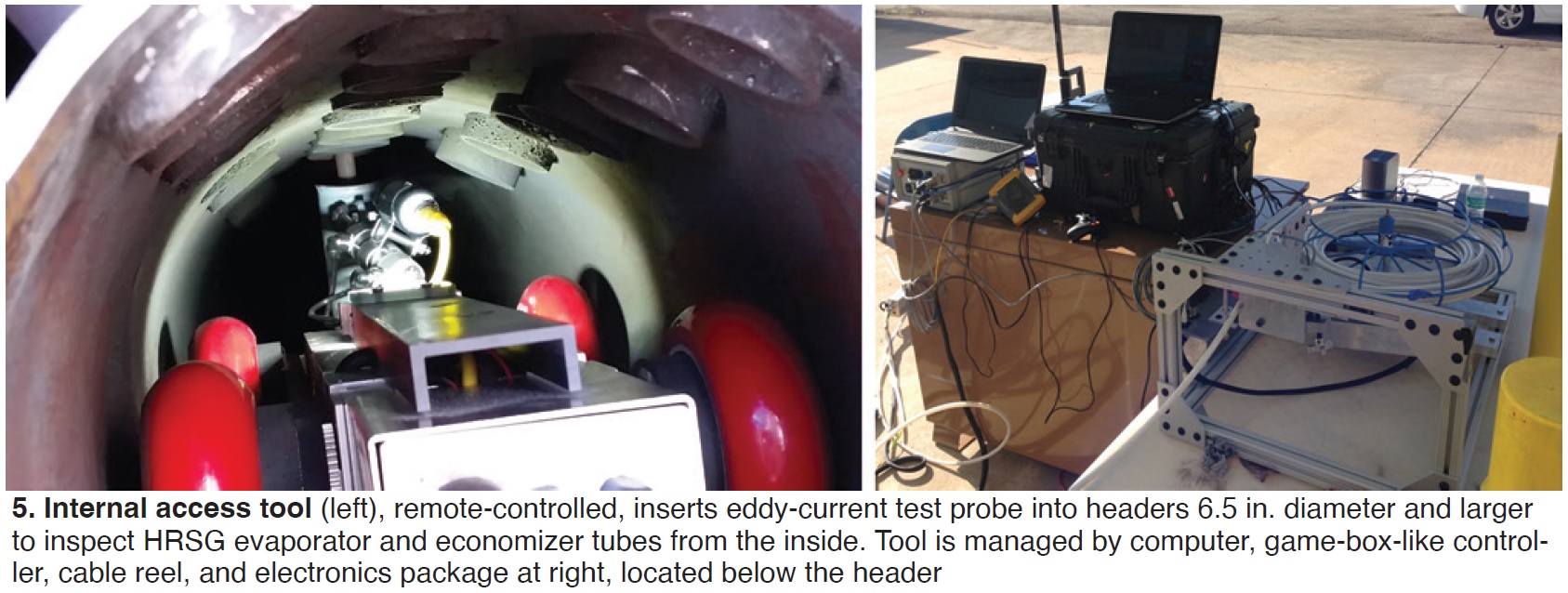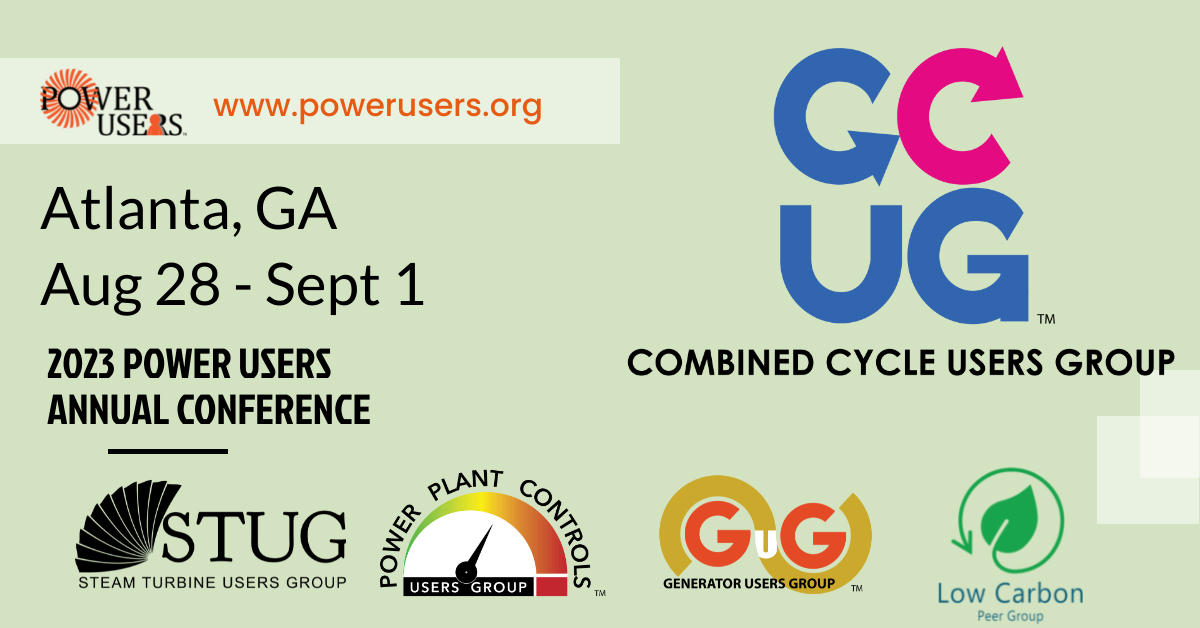With the 2023 Combined Cycle Users Group (CCUG) approaching August 28-31 in Atlanta, part of the greater Power Users Combined Conference, reviewing some of the content from last year’s meeting should encourage you to attend or send someone from your organization to experience this valuable content in person. Presentation abstracts below are based on information available only to end users in the slide decks posted at www.powerusers.org. Those seeking deeper dives into specific topics should note the presentation titles in italics at the end of each summary and access the source material on the website. See part one of the CCUG recap series here.
Get up to speed on vibration
Samuel Starnes, Reliability Testing Services Inc, kicked off the CCUG training session on the first morning of the meeting with a 117-slide tutorial on vibration analysis which included as sub-topics three units of measure (acceleration, displacement, velocity); location and mounting of probes (Fig 1) and sensor selection; data collection, quality, trending/alarming, analysis, and reporting; common machine faults; and case studies. If you prefer not to read a textbook on the subject, this will serve as a substitute. 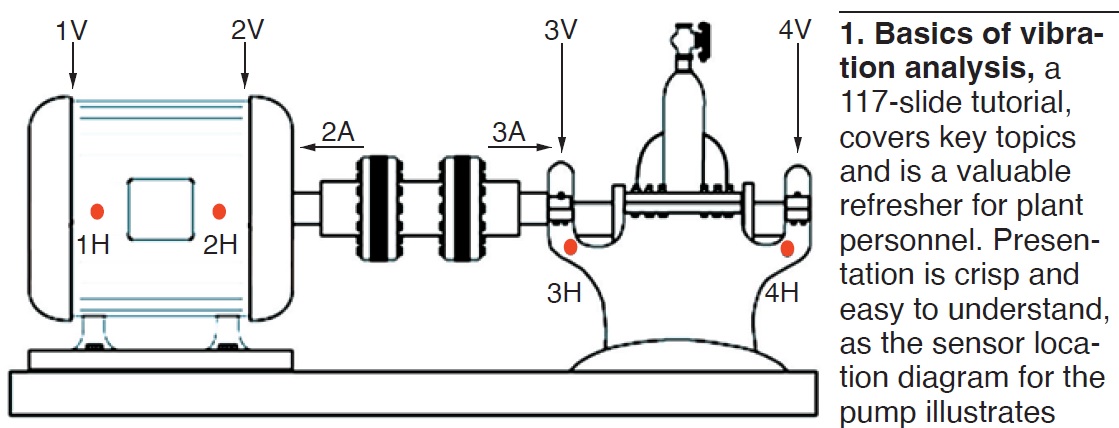 “CCUG Training Session: Basics of Vibration Analysis”
“CCUG Training Session: Basics of Vibration Analysis”
Online HRSG inspection links offline inspection, maintenance
Amy Sieben, I.A.F.D., advocates for combining external thermographic inspections of HRSG casing, penetrations, and doors (Fig 2), and internal “inspection” by monitoring control room parameters and basic HRSG design parameters—including pinch points, approach temperatures mass flows, pressures, and others.
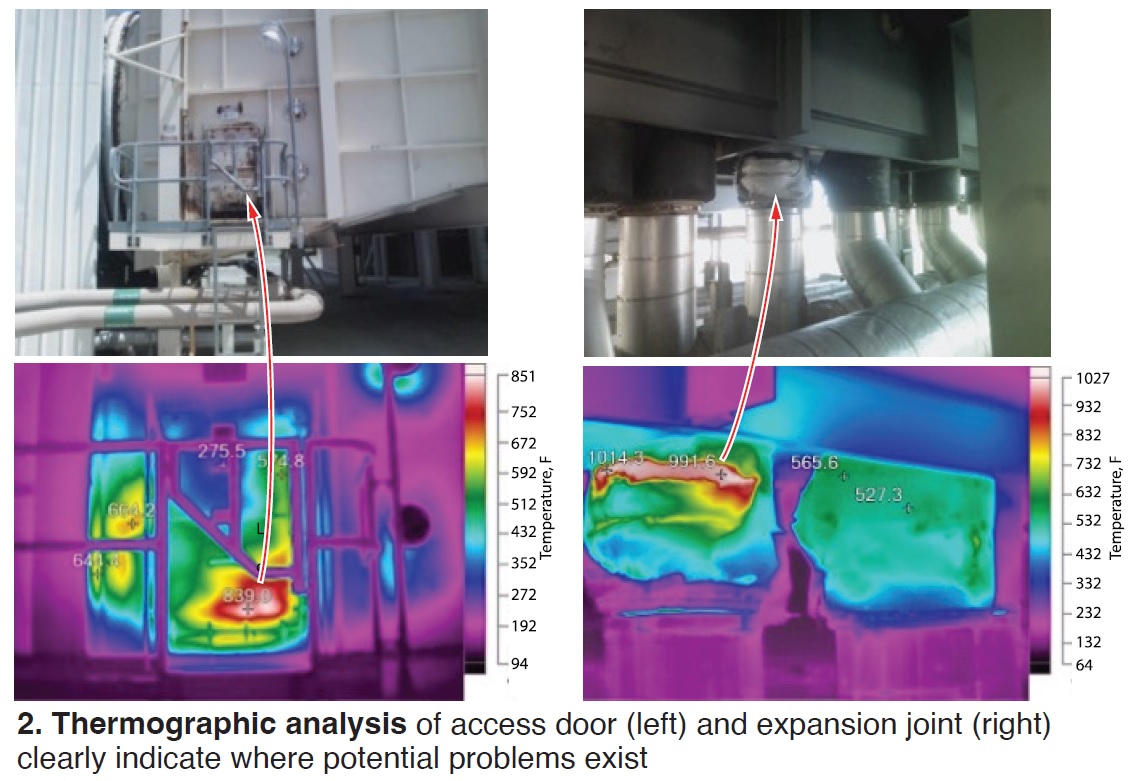
Identifying where performance is off helps you prioritize where to place attention during the outage. By doing both external and internal inspections consistently, and combining with off-line inspections during the outage, you can also track drifting performance year to year and ensure better maintenance outcomes. At the heart of Sieben’s strategies are fundamentals of HRSG design and operation, for those less seasoned.
“Online Inspection—Tying Offline Inspection and Maintenance All Together”
Winterizing, cold weather prep
Recent cold weather grid-wide events in Texas and the Northeast have prompted renewed interest in, and regulation of, formal winterization programs and plans. This Texas owner/operator tracks and manages fleet-level winter readiness action items through its centralized power optimization center (POC), with each plant having specific checklists. The POC is considered “an edge” other owner/operators may not enjoy.
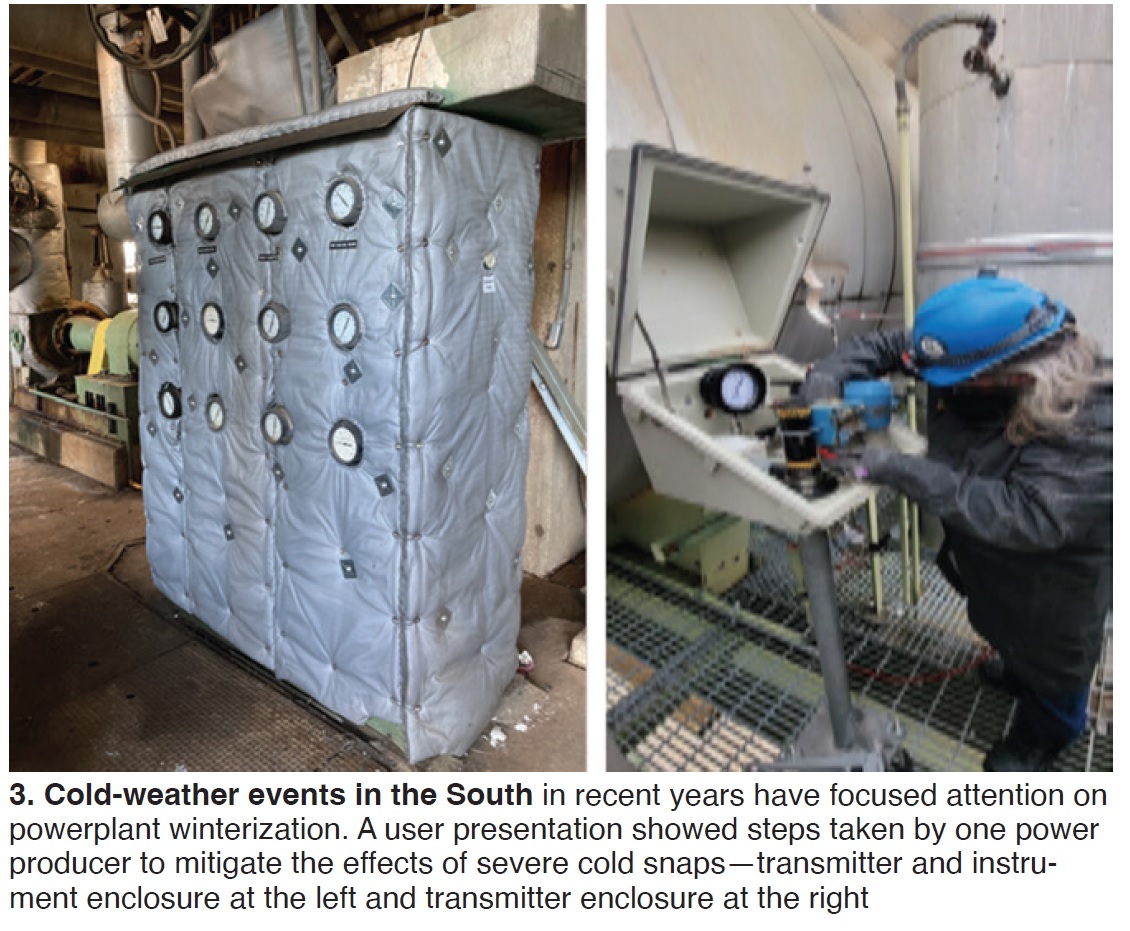
Although, in response to an audience question, the presenter said not much new M&D hardware was added (some “smart” heat-trace panels mostly) at the plants (Fig 3), though some of the M&D capability at the center was enhanced. There are now five stages of “alerts” generally based on ambient temperature forecasts. An Emergency Operations Center is located adjacent to the POC, where tabletop scenario exercises are conducted annually. “There are lots of winter PM work orders to comply with regulatory requirements,” the presenter said.
The editors consider this a must-view slide deck for all personnel at plants facing new NERC, FERC, ISO, and/or fleet level requirements, especially those sites with outdoor steam turbine/generator decks.
Repair versus replace: P91 non-return valves
Bill Kitterman, Bremco, and Will Medlock, SVI Industrial, take you on a virtual onsite and in-shop tour of a non-return P91 valve replacement, followed by an in-situ seat repair for the same type of valve. Seats are not replaceable but can be refurbished (Fig 4). Valve repair can be up to 90% less expensive than a full valve replacement. Keep in mind that a valve repair of P91 material does require regular post-weld repair inspections based on accepted methods of examination until end of life or when the component is replaced.
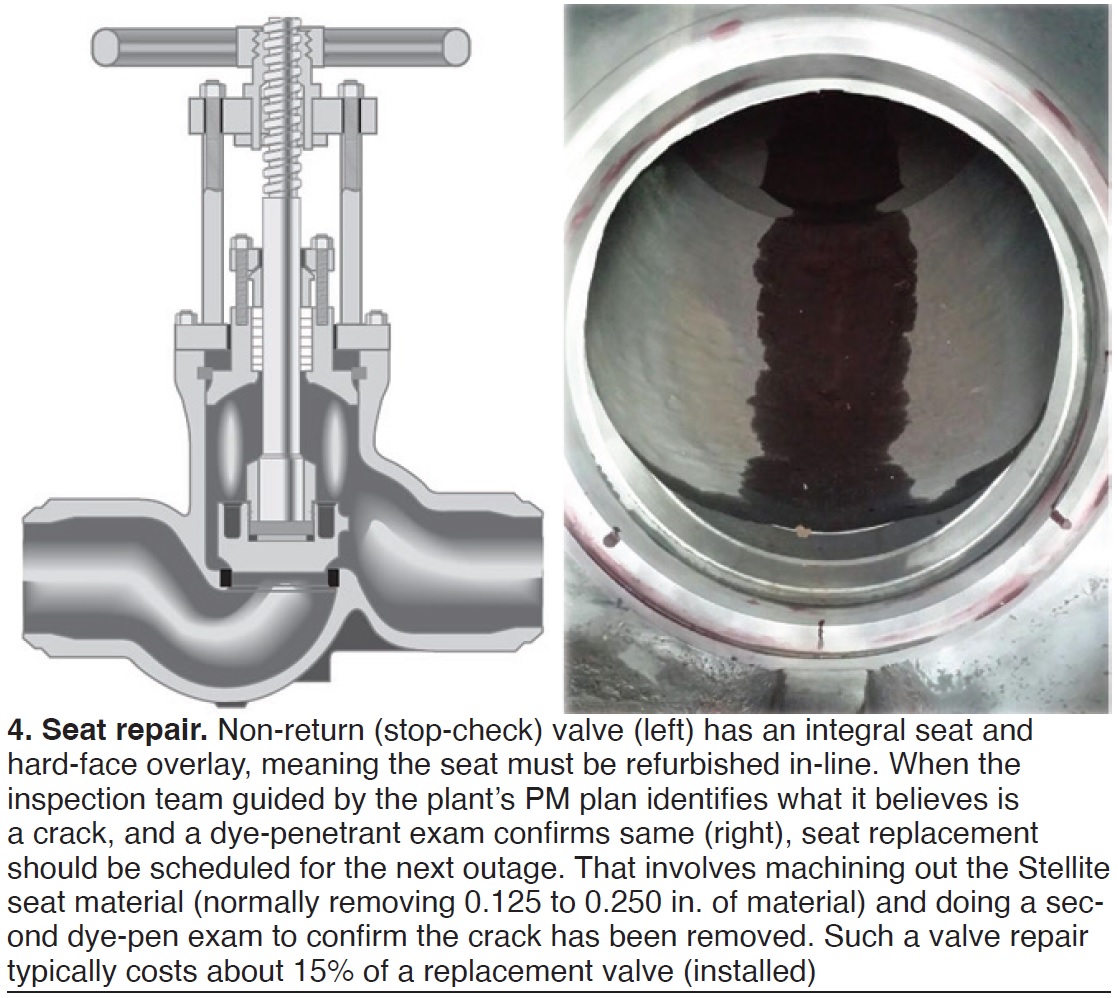
“Case Study on Repairing versus Replacing P91 Non-Return Valves”
New HRSG inspection tools available
Shawn Gowatski, TesTex, updated attendees on three new HRSG inspection tools developed with EPRI funding:
- Low Frequency Electromagnetic (EM) Technique (LFET) to inspect finned tubes typical of economizer and evaporator sections from the outside surface for pitting and generalized wall losses.
- The “Claw,” capable of inspecting the 360-deg circumference of tube-to-header welds in the first two rows of accessible superheater and reheater tubes using the Balanced Field EM Technique (BFET).
- HRSG Internal Access Tool (Fig 5) with a remote-controlled crawler used to insert an RFET (Remote Field Eddy Current) probe into headers 6.5 in. diameter and larger to inspect evaporator and economizer section tubes from the inside
Reams of testing and support data are available in the slides.
